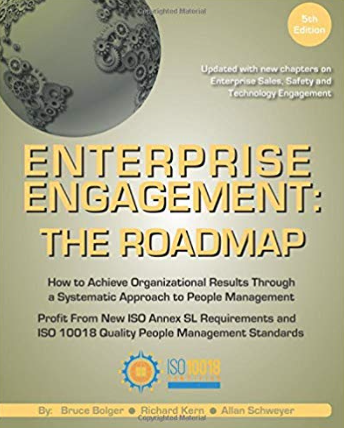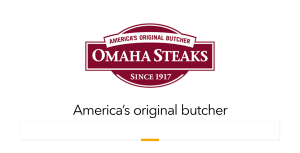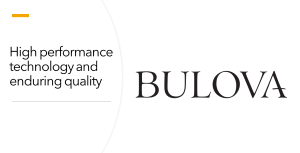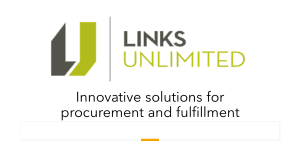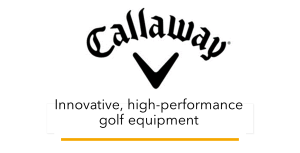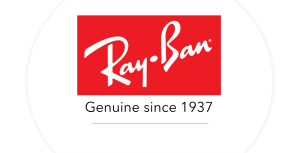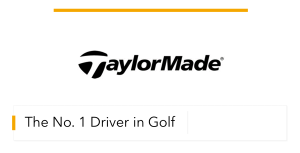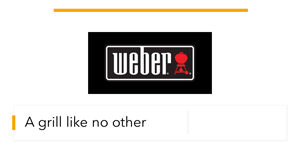What's Wrong With Many Incentive and Recognition Programs and How to Fix Them
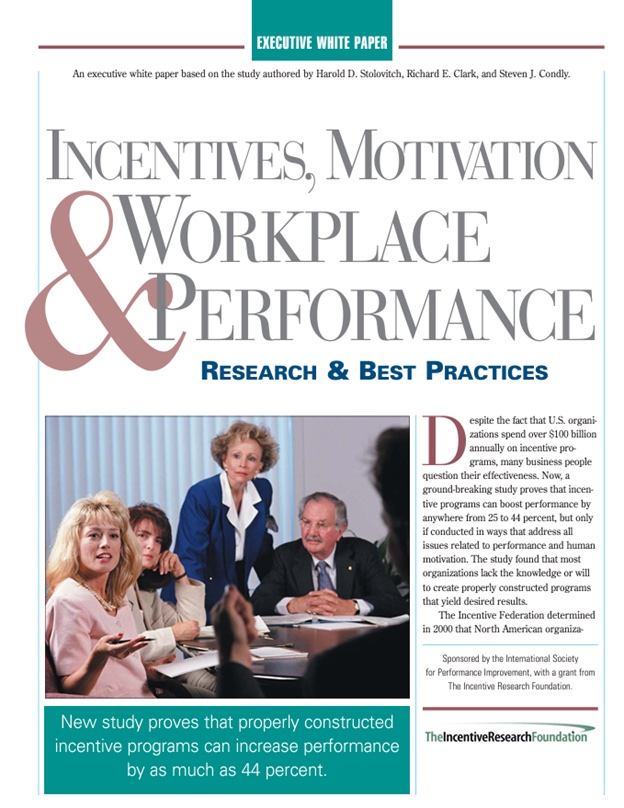 This is the first part of a three-part series on what’s wrong with many incentive and recognition programs and how to fix them. The first part focuses on what’s wrong with many programs. Part 2 focuses on what planners need to know to design effective programs. Part 3 is about what expertise to look for in the person or organization chosen to design, implement, measure, and continuously improve your effort.
This is the first part of a three-part series on what’s wrong with many incentive and recognition programs and how to fix them. The first part focuses on what’s wrong with many programs. Part 2 focuses on what planners need to know to design effective programs. Part 3 is about what expertise to look for in the person or organization chosen to design, implement, measure, and continuously improve your effort.By Bruce Bolger
What’s Wrong
Running on Instinct
Common Reasons for Failure
Click here for links to RRN Preferred Solution Providers.
Having first entered the incentive field in 1987 as editor of Incentive magazine, I know that properly designed incentive and recognition programs can have a powerful positive impact on performance and stakeholder experiences. I also know that like any powerful business tool, advertising for instance, poorly designed programs can not only waste money but do damage your organization, increase skepticism, and sometimes even promote unethical behavior.
This three-part series aims to better equip management with how to get the most of their investments and avoid the potential dangers of a poorly designed incentive or recognition program.
What’s right with incentive and recognition programs? When properly structured to address all the key levers of engagement—a sense of purpose, communications, learning, fun, and authentically expressed appreciation through appropriate rewards and recognition—these programs can have a transformational impact on performance and sense of community. This explains why these programs are so prevalent in business, sports, entertainment, and academia, and why the more accomplished one is, the more one enjoys their benefits. A meta-analysis of research in motivation by three professors for the Incentive Research Foundation in the early 2000s, “Incentives, Motivation and Workplace Performance: Research & Best Practices, found that effectively designed programs can enhance performance by 25% to 44%. It also indicates that most programs are not properly designed because they fail to address all the key levers of engagement in a systematic manner.
What’s Wrong
What’s wrong with many incentive and recognition programs? Let’s start with the fact that incentives and recognition involve behavior change, a rather complex subject with many potential side-effects that is taught almost nowhere in business school. Anyone who has raised children knows the complexities and trial and error involved with motivation, and yet throughout the world millions of businesspeople with no training in engagement, organizational psychology, or behavior change are tinkering every day with the psychology of sales and non-sales employees, channel partners, and other stakeholders and their micro-cultures through programs with little basis in research.
Worse yet, planners often turn to incentives and recognition as a quick fix, do-this-get-that strategy that requires little more planning than surmising what prizes people would like, what those people must do get them, communicating the program, and delivering the rewards. Many mid-level planners I have met over the years are more interested in focusing on the rewards, with little serious interest in scientifically based program design, because management isn’t asking that of them and they don't know how to do it anyway.
The problem is not the industry. Its trade associations have produced extensive research on effective practices, most notably the Incentive Research Foundation and the Incentive Federation. In the early 2000s, the Incentive Marketing Association contracted rhis author and Rodger Stotz, a retired Maritz executive and Incentive Research Foundation advisor, to develop a comprehensive curriculum and certification on all aspects of program design, which has since been updated. Recognition Professionals International has a certification program for effective recognition management, and SITE International has certification for incentive travel programs. The Enterprise Engagement Alliance has a recently updated the Purpose Leadership and Stakeholder Management Academy that includes a comprehensive education program and certification on implementation and measurement. Note: the author was also one of the first presidents of the original IRF.
Running on Instinct
With little training of their own on the subject, most CEOs have traditionally assumed that most incentive and recognition programs can’t be measured and have never heard of any of the above organizations. Many accept on faith that they must do something “for the team” or simply judge the impact by the enthusiasm experienced on incentive trips with top performers, who are usually too excited to discuss with management the overlooked negative impacts of these programs. If anyone doubts the accuracy of this scenario, ask yourself why these often costly programs are administered by at most mid-level managers who themselves often are not privy to decisions in the C-suite that could have a direct impact on their program, such as pending layoffs, planned cutbacks in training or travel, revised work-from-home policies, changes in product features and pricing, or other decisions that can have a direct and negative impact on culture or the outcome of the program.
The situation is worsened by some incentive suppliers that enable this behavior by implying that driving behavior change is no more complicated than offering appealing rewards. This notion is promoted daily through keyword advertising that quickly overwhelms anyone in the field with unfounded platitudes and cliches about retention and rewards and recognition based on self-serving surveys. I cannot recall seeing one online ad promoting effective incentive or recognition program design.
At least with incentive programs, one can usually measure the outcomes, even if overlooking serious side-effects. With recognition programs, it’s even more difficult, because unless the recognition program addresses fundamental cultural issues, starting with the need for a clear organizational purpose, it is unlikely they will have any impact on retention, referrals, productivity, or quality service to internal or external customers.
Common Reasons for Failure
Here’s a quick rundown of the most common flaws in program design.
1. Failure to achieve a clear return-on-investment. This often occurs because management doesn’t require a clear return on investment or is satisfied with a subjective measure of impact, such as a rise in employee engagement scores. As will be demonstrated in this series, almost any incentive and recognition program can be easily measured if there is a clear purpose, goals, objectives, and underlying values supporting the effort.
2. The program motivates the people who would have accomplished the goal anyway. Many programs, especially in sales, channel, or any performance-oriented employee program, are structured to favor the people with high levels of intrinsic motivation who would have performed anyway. This not only wastes money, it discourages the middle-60% of performers who see from the beginning they have little chance of success. Properly designed programs have an open-ended structure that makes everyone feel they have a chance at success.
3. It encourages unhealthy competition. Creating an artificial scarcity of rewards and recognition naturally pits people against one another, especially if the award has high appeal. Very rarely does it help to have employees competing when most tasks and organizations can benefit from cooperation and collective knowledge. Effective design encourages teamwork and cooperation.
4. It fails to address the root cause of the issue. Many times, a failure to perform, or the factors needed to achieve a goal, have little to do with incentives or recognition. Issues may include command-and-control front-line or higher management that crushes morale; a toxic culture with little appreciation authentically expressed by management or colleagues; an inferior product or service facing competitive pressures that no incentive can overcome; a lack of training making employees incapable of doing what’s necessary to achieve the goals; a complex incentive and recognition program design making it difficult for people to understand what is being asked of them, or little reinforcement from front-line communications or management.
5. It fails to address the true interests of stakeholders. Most programs are designed with little involvement from the people organizations hope to motivate. Using a properly facilitated meeting with representatives from your team, different from a focus group in that the group is specifically tasked with helping to design an effective process, is a staple in total quality management design but rarely employed outside of manufacturing, logistics, and engineering and research.
Part 2 focuses on what planners need to know to design effective programs.
How RRN and Brand Media Coalition: Your Partner in Success in Incentives, Rewards, and Recognition
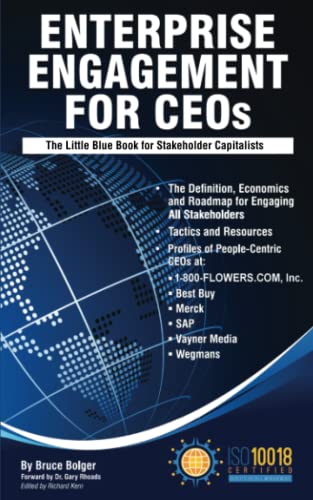
Published by the Enterprise Engagement Alliance at TheEEA.org
- The only weekly news, how-to and resource publication of record for the Incentive, Rewards, and Recognition field.
- The only marketing agency focusing specifically on the IRR and broader engagement marketplace.
- All the industry news, research, announcements, and how-to articles read by over 20,000 end-users in sales, marketing, and human resources; incentive, recognition, loyalty and promotional companies, as well as marketing and human resources agencies, seeking to enhance performance through effectively designed incentive programs.
- Unparalleled business development services for engagement, incentive and incentive travel, recognition firms; brands, gift cards and master fulfillment companies, and technology firms, featuring ROI-based business development strategy design and ongoing digital and social media and e-newsletter communications to help marketers profit in the coming era of cookie-less marketing.
- Unique abilities for solution providers to sponsor authoritative, evergreen content directly related to what they sell through the EEA’s Effective Practices series on articles in our media platforms.
- EEA YouTube Channel with over three dozen how-to and insight videos and growing with nearly 100 expert guests.
- Access to new technologies from EEA preferred solution providers enabling brands to create their own points-based or transactional redemption site.
- Unparalleled expertise in program design, return on investment measurement, reporting, and prescriptive analytics.


